Growing fruits and vegetables is a cost-efficient and sustainable way to eat healthier. Nothing tastes better than freshly-picked produce, especially if you grew it yourself. However, not all homes have a yard that is equipped to support a garden. That doesn’t mean you can’t grow delicious and healthy edible plants in your home.
Tips for Growing Fruits and Vegetables Indoors
Growing your food is a rewarding experience. It can also be challenging. There are a few things to consider before you begin planting indoors.
Adequate Light
When a plant is outdoors, it usually gets plenty of sun exposure. Make sure your plant gets adequate light from a window. You can move your indoor plants around as the sun moves throughout the day. If you don’t get adequate sunlight through a window, you may have to get some extra grow lights.
Proper Circulation
Plants need carbon dioxide. Try to provide as much ventilation as possible. Opening windows to encourage natural circulation will help pollinate flowers, as will using fans if necessary.
Pollinate Flowers
Without insects and wind, your flowers won’t get pollinated and your fruit or vegetables won’t grow. Take a swab and lightly brush the male flower. Insert the swab into the female flower’s pistils. You can also gently tap or shake flowers to encourage pollination.
Plenty of Drainage
Put your plants in pots that have plenty of holes at the bottom for drainage. Sitting water can cause mold that will destroy your indoor plant.
Here are 10 plants that are easy to grow inside, and make excellent additions to a nutritious diet:
1. Tomatoes
Small tomatoes—such as red robin, toy boy, and Florida petite—grow well indoors. Plant seeds in a 6-inch pot about ¼ inch deep. Soil should remain mildly damp.
Tomatoes require at least eight hours of sun per day. They will die in cold weather, so don’t let the temperature drop beneath 68° F.
2. Chili Peppers
Bell peppers are probably too large to grow indoors. However, chili peppers will keep you warm indoors all year long.
Place seedlings about ¼ inch deep in a 12-inch pot. Keep them in a warm area but not in direct sunlight.
When peppers sprout, they will require direct sunlight. As they produce fruit, provide them with 10-12 hours of daylight or 12-16 hours under a grow lamp.
Seedlings prefer moist soil. As the plant grows, ease back on the water. Only water when the soil feels dry.
3. Mushrooms
Growing mushrooms—like lion’s mane, oyster, and white button—requires very little light. They prefer cold, damp areas, such as a basement.
Each mushroom requires a different growing medium. Lion’s mane grows on hardwood, oyster requires straw, and white button grows on manure. Read about which medium you need for your fungi before you begin.
Put the spores in a pan with the medium at 70° F. You can use a heating pad to help.
The spores will produce spawns. Lower the temperatures to 55-60° F and cover them with soil. Cover the soil with a damp cloth that you will spritz with water each time it dries.
4. Herbs
Oregano, basil, mint, parsley, and rosemary are among the many flavorful herbs that you can grow indoors.
Herbs like as much sunlight as possible, so try placing them in a south-facing window. Some herbs do prefer cooler temperatures. You can get away with placing mint, parsley, and chives in east-facing windows.
Put the herbs in small pots and keep the soil loose. It should be moderately damp but not too wet.
5. Leafy Greens
Greens—like spinach, lettuce, and kale—are easy to grow and require little care. Place seeds about ¼ inch deep in 4-6-inch pots.
Keep the soil in direct sunlight for 12 hours per day. Otherwise, keep a grow light about two inches above the seedlings. You can also place books underneath to bring the pots closer to the light source.
When they grow larger, many greens like it a bit cooler. You can cut back on light exposure.
6. Beans and Peas
Sow the beans in a 4-6-inch pot about ½ to 1 inch deep. These plants will climb, so just one or two seeds per pot will suffice unless the initial seeds don’t sprout. Then, you can add new seeds.
Legumes will need 8-12 hours of sunlight or grow lights. Try to maintain a temperature of 65-70°F.
Stick trellises behind your plants or put tiny posts in the soil. Twist the vine to the post as it grows to help stabilize the plant.
7. Carrots
Carrots grow deep, so use an 8-12-inch pot. Place carrot seeds ¼ inch deep, at least 1 inch apart.
Keep the soil lightly moist. Carrot tops will be about ¾ inch thick when they’re ready to harvest.
Pierce uneaten carrot tops post-harvest with a toothpick about four times. Place the carrot tops on a shallow plate. Fill the dish with water so that it just touches the bottom of the stump. Once the carrot top grows roots, you can plant it again!
8. Garlic Greens
Get the bold flavor of garlic without having to mince a bulb by growing garlic greens. When a bulb starts sprouting, put the green nub in a small container with water.
Once they grow about 6-8 inches, place the sprouts in a 6-8-inch pot with soil. Within ten days, you’ll have greens ready to be sauteed!
9. Strawberries
We love strawberries. That’s why Joy Organics’ USDA-Certified Organic Strawberry Lemonade CBD Gummies is one of our top sellers!
Strawberries require a little more work that is beyond worthy of the juicy reward. Cut the roots to about 4-5 inches and place them in water for an hour.
Plant so that the crown (where the greens meet) is at soil level. Allow at least eight hours of light and keep the soil moderately moist.
Pick runners (stems) and blossoms as they grow. During this time, fertilize every ten days to achieve an optimal yield.
10. Ginger
Ginger is a rhizome that sprouts new roots. Cut the sprouts, wrap them in a damp cloth, and put them in an airtight bag. Place the sprouts in a cool place.
Check to make sure the roots are growing every couple of days. By 4-6 weeks, the shoots should be around three inches long.
Put sprouts in a large pot, about 12-18 inches deep and at least 6 inches wide. Place the roots shoot-up about 2 inches from the top of the pot, and cover with 1 inch of soil.
Keep the house at 65-75°F and the soil wet. Harvest can take 8-12 months. So, be patient and watch this superfood grow!








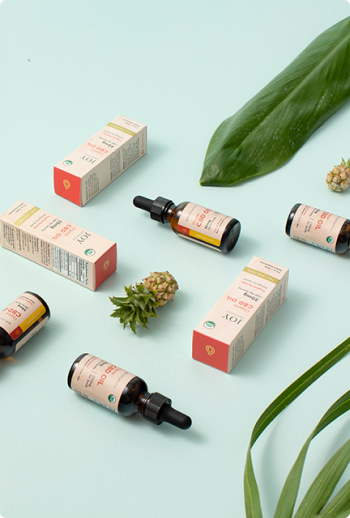

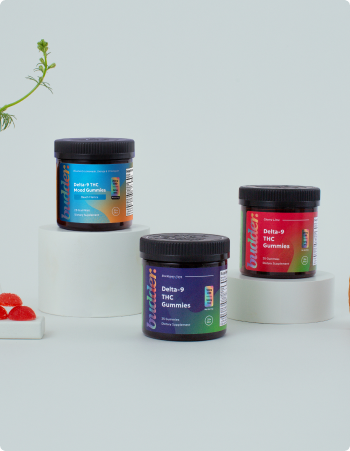


















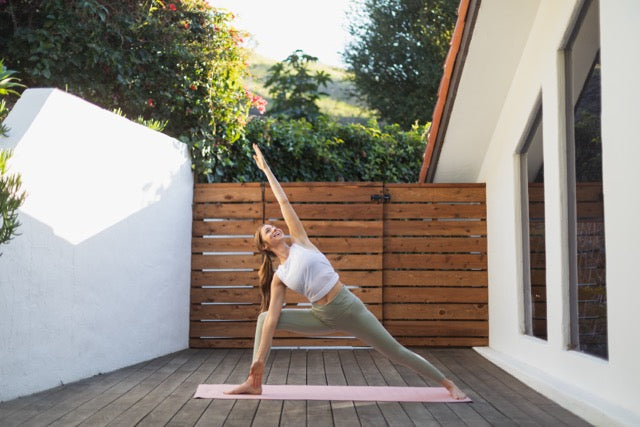















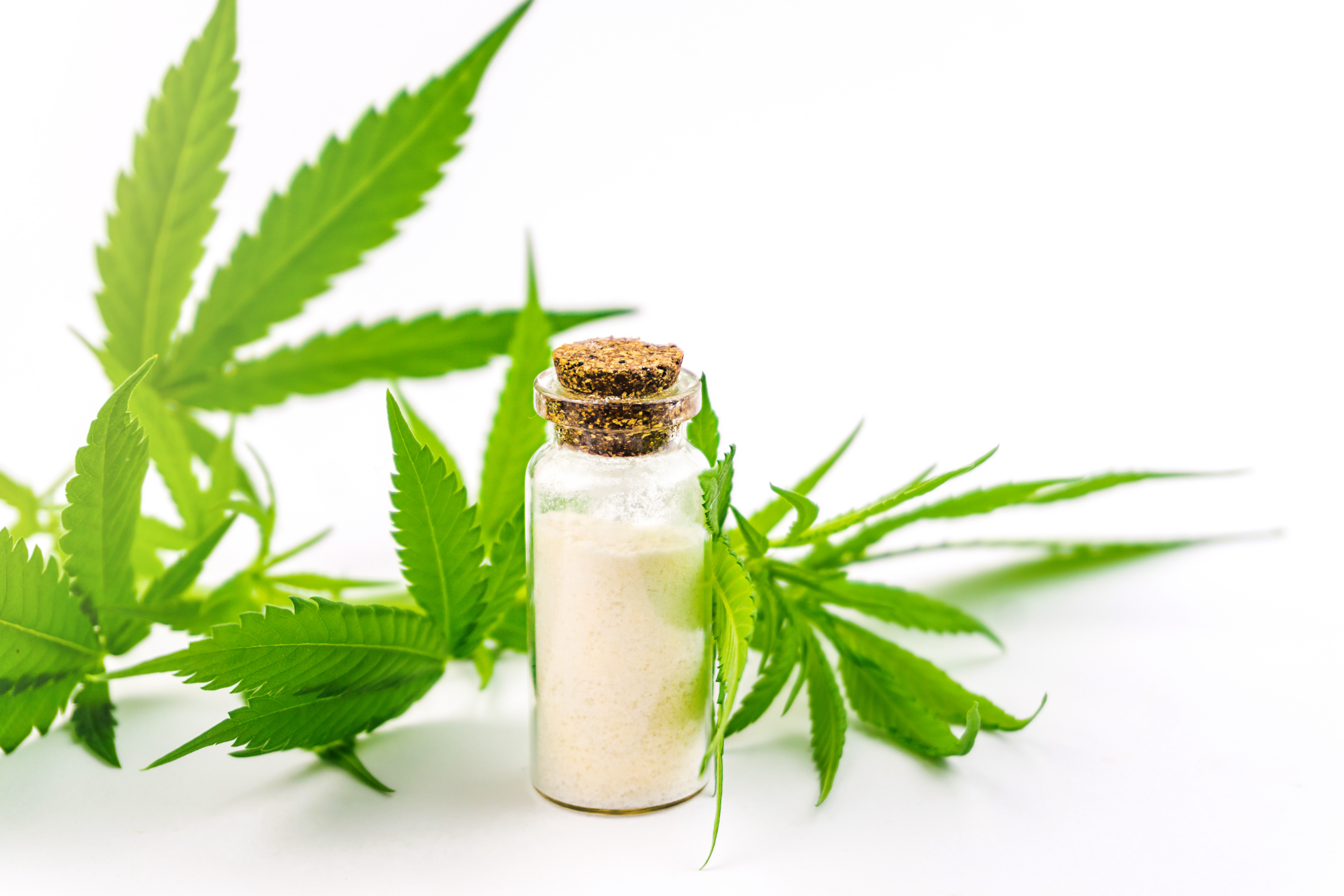


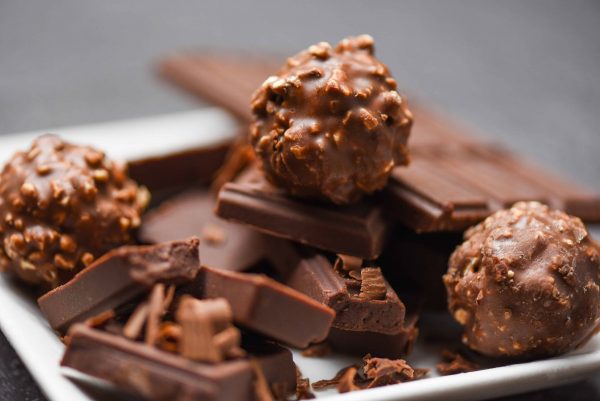











Join in on the Conversation
Your email address will not be published. Once your comment is approved, it will be published.